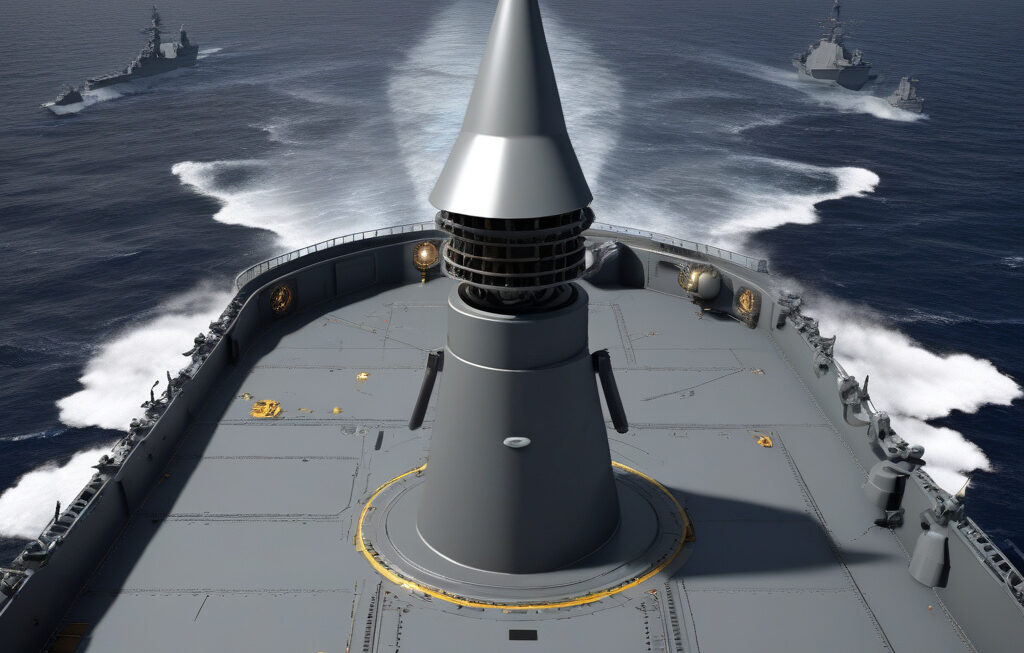US Long-Range Radar Tracks Live Ballistic Missile, Bringing Golden Dome Dreams Closer
Lockheed Martin and the Missile Defense Agency (MDA) have announced the successful testing of the long-range discrimination radar (LRDR) system. This milestone achievement marks a significant step forward in the realm of missile defense technology, bringing the possibility of advanced interception systems like Israel’s Iron Dome, often referred to as the “Golden Dome,” closer to reality.
The LRDR system, developed by Lockheed Martin, is designed to provide precision tracking and discrimination data to enable defense systems to intercept incoming ballistic missiles. In a recent test conducted by the MDA, the radar successfully tracked a live ballistic missile target, demonstrating its capability to detect and track threats in real-time.
This successful test has sparked optimism among defense experts and policymakers, as the LRDR system shows promise in enhancing the United States’ missile defense capabilities. With the increasing proliferation of ballistic missiles around the world, having advanced radar systems like the LRDR is crucial in ensuring the security and safety of the nation and its allies.
One of the key advantages of the LRDR system is its ability to accurately discriminate between actual threats and decoys, a critical capability in an era where adversaries are employing sophisticated countermeasures to evade missile defense systems. By providing reliable tracking data, the LRDR system enhances the effectiveness of interceptor missiles by enabling them to precisely target and neutralize incoming threats.
In addition to its technical capabilities, the successful testing of the LRDR system also highlights the importance of collaboration between government agencies and defense contractors in advancing national security interests. By leveraging the expertise of industry leaders like Lockheed Martin, the MDA can accelerate the development and deployment of cutting-edge technologies that bolster the country’s defense capabilities.
Looking ahead, the integration of the LRDR system into the broader missile defense architecture holds the promise of ushering in a new era of defense capabilities for the United States. With threats evolving and adversaries seeking to exploit vulnerabilities in existing defense systems, innovations like the LRDR system are instrumental in staying ahead of the curve and maintaining a robust defense posture.
As the United States continues to invest in next-generation defense technologies, the successful testing of the LRDR system serves as a testament to the country’s commitment to staying at the forefront of missile defense innovation. By harnessing the power of advanced radar systems and collaboration between industry and government partners, the nation is better equipped to address emerging threats and ensure the safety and security of its citizens.
In conclusion, the successful tracking of a live ballistic missile target by the LRDR system represents a significant achievement in the field of missile defense technology. With its advanced capabilities and potential to enhance interception systems, the LRDR brings the dream of a Golden Dome-like defense closer to reality, reaffirming the importance of investing in cutting-edge defense solutions to safeguard national security interests.
Lockheed Martin, MDA, LRDR, Missile Defense, Ballistic Missile Defense












